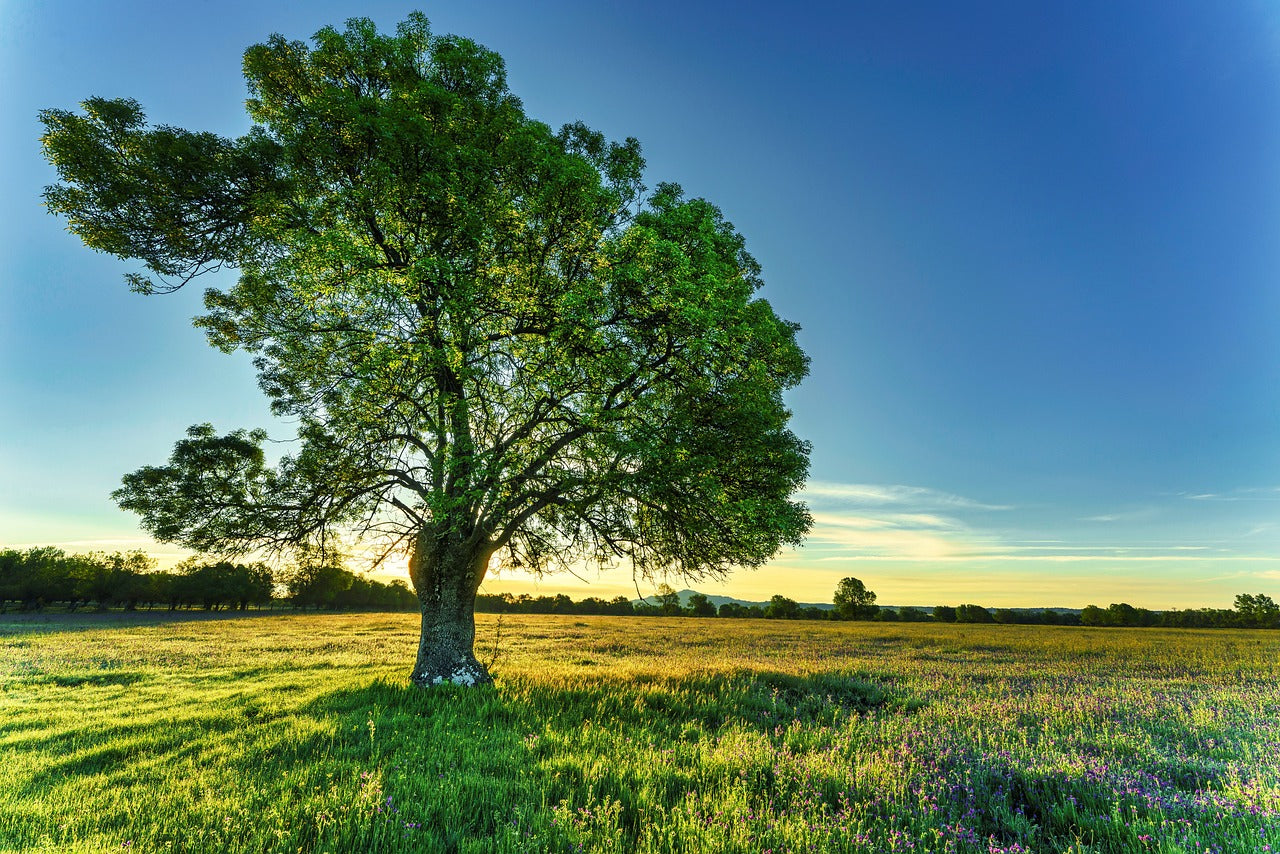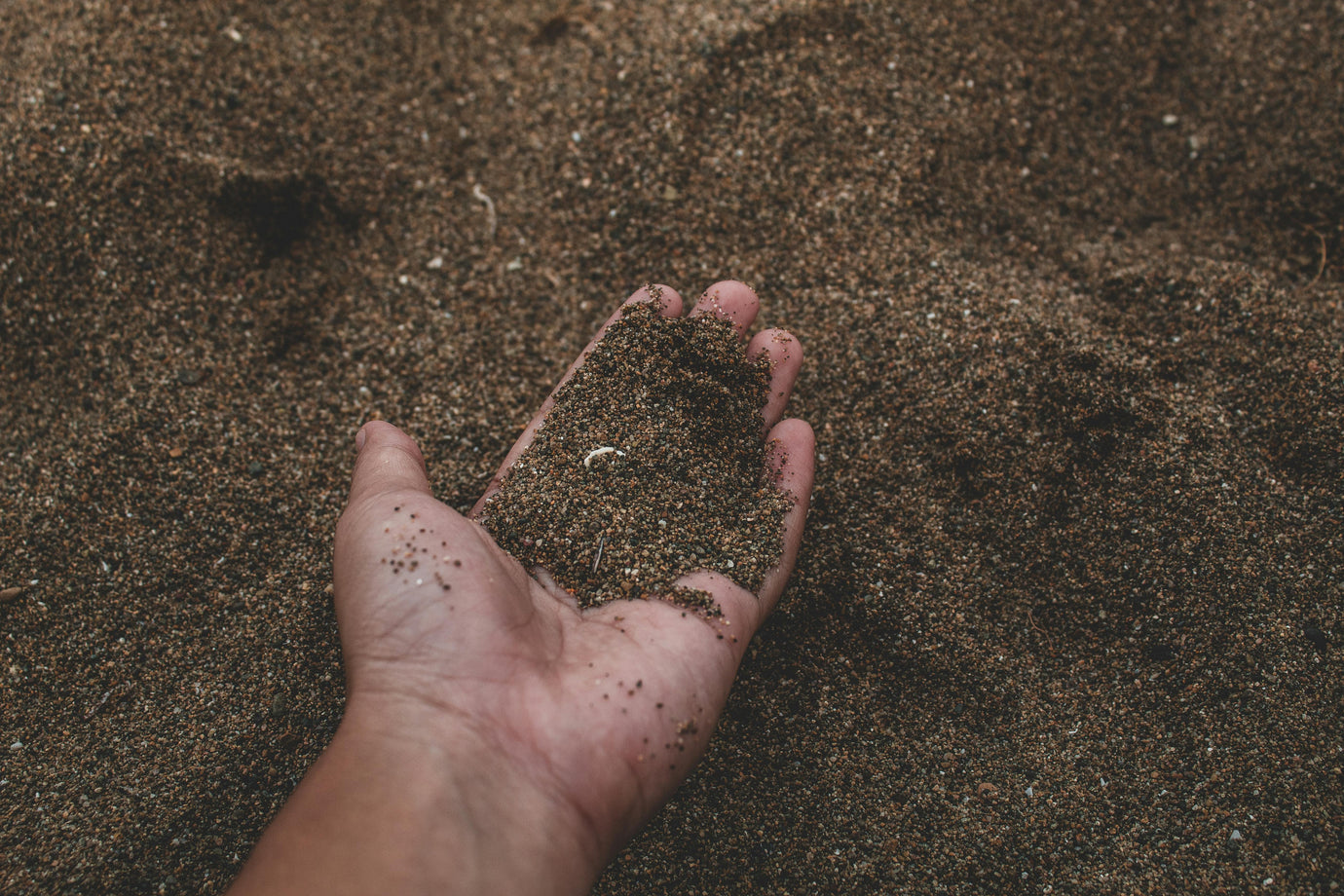How to Compost Food & Tips
Wondering how to compost food and how long it takes? We have all the answers you need.
Have you been thinking about starting to compost your food scraps but do not know where to start or have some concerns? Some common misconceptions about composting are that it will smell bad, be messy, and be too complicated. If you are not sure what you are doing, these misconceptions may be true, but we are here to help you get started and compost the right way.
Composting your kitchen scraps will help you to have less food waste and reduce your landfill contributions. It can also benefit your lawn, flower garden, or vegetable garden. Before you just start piling your scraps together there are some things that you need to know.
Types of Compost
There are two types of composting: hot and cold. Cold composting is collecting yard waste in a bin and combining that with the organic materials that would usually go into your trash, such as eggshells, fruit and vegetable peels, and coffee grounds.
Hot composting is a little bit more work, but the time necessary for decomposition is much less. For hot compost, four ingredients are required: nitrogen, water, air, and carbon. These items work together to feed microorganisms and speed up the decay process. (BHG.com)
How Long Does Compost Take to Be Ready?
If you are composting indoors with an electric composter, the entire composting process can take as little as two weeks!
If you are composting outdoors, cold composting can take about one year for the pile to fully decompose. Hot composting takes less time to be ready for use. During warmer months, if proper steps are taken, the process can take as little as one to three months. To start your own hot compost pile, follow the steps below.
Things That You Can Compost
Composting is an excellent way to reduce the amount of food waste that you have. Whether it be table scraps or something that sat in the refrigerator too long, it is better to use it to your benefit than send it to the landfill. A lot of yard waste can be used to compost as well. Here are some items to get you started composting the right way:
- Fruit and vegetable scraps
- Coffee grounds
- Straw
- Leaves
- Sawdust (only from untreated lumber)
- Wood or bark chips
- Grass or plant clippings
- Newspaper- should be shredded first
- Eggshells
How to Make a Compost Pile Outdoors
Step One: Combine Your Materials
To start your compost pile, wait until you have enough material to make a pile that is at least three feet deep. You need to combine your “brown” items with “green” items.
- “Brown '' items add carbon and are dry materials. Examples of “brown” items are sawdust, fallen leaves, dried grass and plant clippings, and straw.
- “Green '' items add nitrogen to your pile and include freshly cut grass and plant clippings, kitchen scraps, and coffee grounds. As a general rule, you will want to start with three parts “brown” to one part “green.”
Pro Tip: If your pile smells or seems wet, add more browns to your pile. If your pile looks extremely brown and dry, it lacks nitrogen and needs more “greens” or a little water.
Step Two: Water Your Pile
Your compost pile will need to be watered regularly. Just sprinkle a little water onto the pile to keep a sponge-like consistency. You want to be careful not to water too much, as this will cause your pile to rot, rather than decompose.
Pro Tip: To monitor the temperature of your pile you can simply reach your hand into the center of the pile. The center of your pile should feel warm.
Step Three: Turn Your Pile
Your compost pile needs oxygen as well as carbon, nitrogen, and water. The oxygen comes from turning your pile every week or so. Stirring up the pile helps the materials to “cook” faster and helps to control any odor.
Pro Tip: To help the process along even quicker, shred or chop the materials as small as possible.
Step Four: Use Your Compost
When your compost pile gets to the point that it no longer gives off heat and begins to get crumbly, it is ready to use. You can use it to feed your garden, flower beds, or pot plants.
Pro Tip: To make liquid fertilizer, you can put some of your finished compost in water for a few days and then strain it. Some call this compost tea.
beyondGREEN’s Kitchen Composter
beyondGREEN offers a quicker alternative to outdoor composting with our electric Kitchen Waste Composter that has the capacity to compost everyday items such as food scraps, coffee grounds, wood shavings, grains, yard waste, and more.
This composter is capable of composting at 10 times the rate as the average backyard composter. With our composter, you will have fresh compost for use in your garden every two weeks.
Our composter is also energy efficient. The construction allows for maximum heat insulation and controls internal temperatures while also maximizing the energy used to heat the food waste for fast composting. These factors reduce the overall energy used for the composting process.







